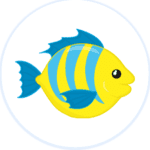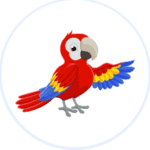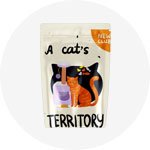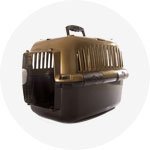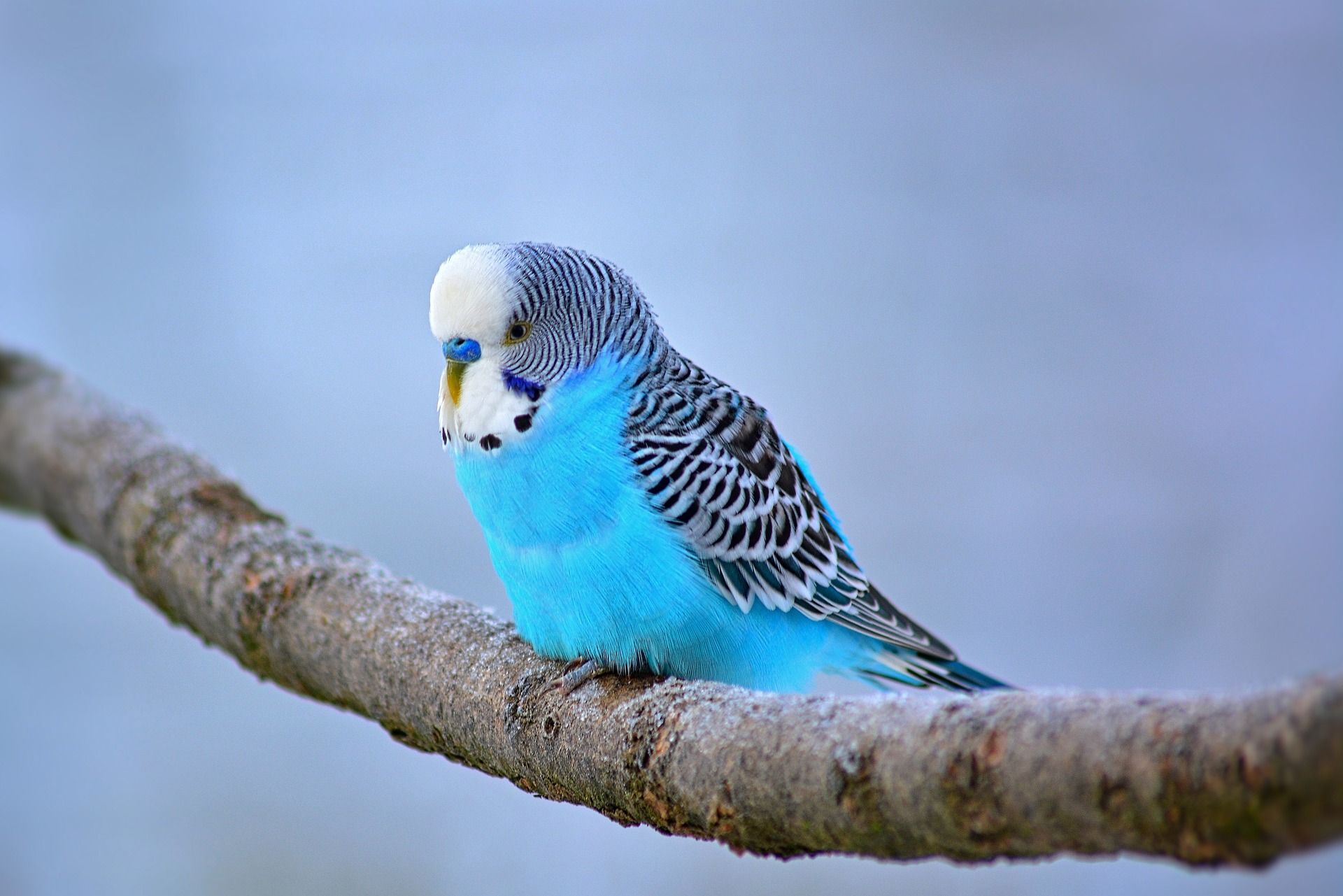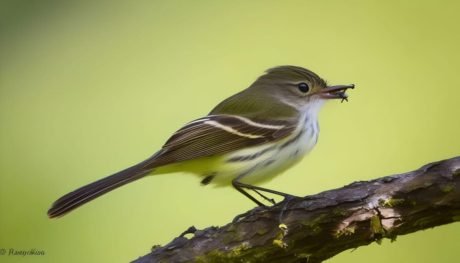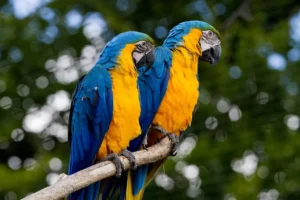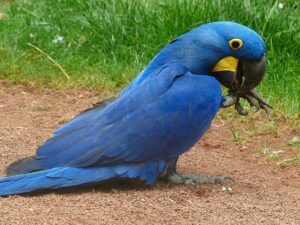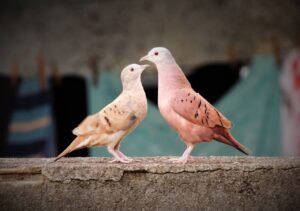Budgerigar (Budgies) | 10 Types, Prices, Care Tips, Facts, Health Issues, Food
Budgerigars, those colourful and charismatic little parrots, have been cherished companions for bird enthusiasts and families alike. Whether you’re a novice or an experienced Budgie owner, understanding how to provide the best care for these delightful birds is paramount. In this all-encompassing guide, we’ll delve into the world of Budgerigars, covering everything from their dietary needs and health considerations to their social behaviour and the joys of training.
Budgerigar (Budgies)
Budgerigars, often lovingly referred to as “Budgies,” are small parrots that have captured the hearts of bird enthusiasts around the world. These colourful and charismatic birds make wonderful companions and offer a unique glimpse into the avian kingdom. In this article, we’ll take a closer look at these delightful creatures, from their origins to their care requirements, helping you become a budgie expert in no time.

Budgerigars are native to Australia, where they inhabit a variety of environments, from arid regions to coastal areas. These social birds are known for their playful and chatty nature. In fact, the word “budgerigar” is believed to originate from the indigenous Australian language, meaning “good food” – a testament to their popularity in the wild.
One of the most captivating features of Budgies is their vibrant plumage. These birds come in a rainbow of colours, from brilliant blues and vibrant greens to cheerful yellows and striking purples. Their feathers can vary greatly, making each budgie unique.

Budgerigars are small, typically measuring around 7 inches (18 centimeters) in length. Their slender bodies are adorned with a charming, slightly curved beak and expressive eyes that can convey a range of emotions. Budgies also have distinct markings on their faces, with males typically having a blue cere (the area just above the beak) and females having a brown one.
Budgerigars are renowned for their sociable and talkative natures. They are highly intelligent birds that thrive on interaction with their owners. While they might not mimic words as effectively as larger parrot species, they can be taught to whistle tunes and even string together simple phrases.
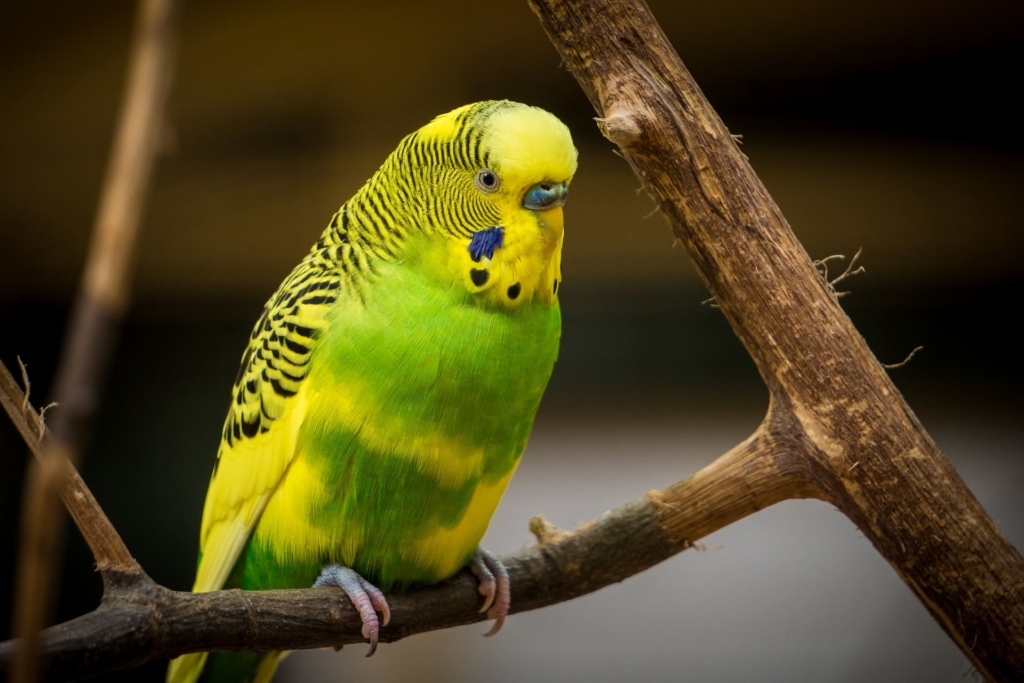
In the wild, budgerigars form large flocks, and this social behaviour carries over into captivity. Keeping multiple budgies can help prevent loneliness and boredom, though they can also form strong bonds with their human caregivers.
Providing a comfortable and stimulating environment is crucial for the well-being of your Budgies. A spacious cage with plenty of perches and toys is essential. Budgies love to explore and climb, so include items that encourage these activities.
A balanced diet is also vital. Offer a variety of fresh fruits, vegetables, and high-quality seed mixes to ensure your budgie receives proper nutrition. Fresh water should always be available.
Like all pets, budgerigars require regular health check-ups. Keep an eye out for signs of illness, such as changes in appetite, behaviour, or feather condition. Consult a veterinarian with avian experience if you suspect any health issues.
Budgerigars are more than just beautiful birds; they are intelligent, charming companions that can bring joy to your life. Whether you’re a seasoned bird enthusiast or a first-time pet owner, these small parrots are a delightful addition to any home. With proper care and attention, your budgie will flourish and become an integral part of your family. So, why not consider welcoming one of these feathered friends into your life and experiencing the wonders of the Budgies world for yourself?
Budgerigar Parakeet
Budgerigar parakeets, often affectionately called “Budgies,” are captivating and lively avian companions that have won the hearts of bird enthusiasts worldwide. These charming birds are cherished for their vibrant plumage, playful personalities, and engaging behaviours. In this article, we’ll embark on a journey to explore the fascinating realm of Budgies parakeets, from their natural habitat to their care and unique characteristics, providing you with valuable insights into these delightful feathered companions.

Origins and Natural Habitat:
Budgerigar parakeets are native to Australia, where they thrive in a diverse range of environments, from arid deserts to coastal regions. These sociable birds have a rich history, deeply rooted in the Australian landscape. The name “Budgerigar” is believed to have Aboriginal origins, translating to “good food,” reflecting their significance in the ecosystem.
Distinctive Physical Traits:
One cannot help but be entranced by the breathtaking colours and features of Budgies parakeets. Their plumage is a masterpiece of nature, exhibiting a stunning palette of colours, including cobalt blues, vibrant greens, sunny yellows, and even rare mutations like captivating purples. Each Budgie boasts a unique combination of hues, making them truly one-of-a-kind.

These parakeets are small in stature, measuring approximately 7 inches (18 centimeters) in length. They possess slender frames adorned with endearing curved beaks and expressive eyes that convey a wide range of emotions. Notably, male Budgies typically flaunt a distinctive blue cere (the area above the beak), while females exhibit a brownish cere.
Charming Personalities and Social Behavior:
What sets Budgerigar parakeets apart is their spirited and sociable nature. They are renowned for their ability to bond with their human companions and engage in interactive play. While they may not mimic words as proficiently as larger parrot species, Budgies are adept at learning to whistle tunes and develop their unique sounds.
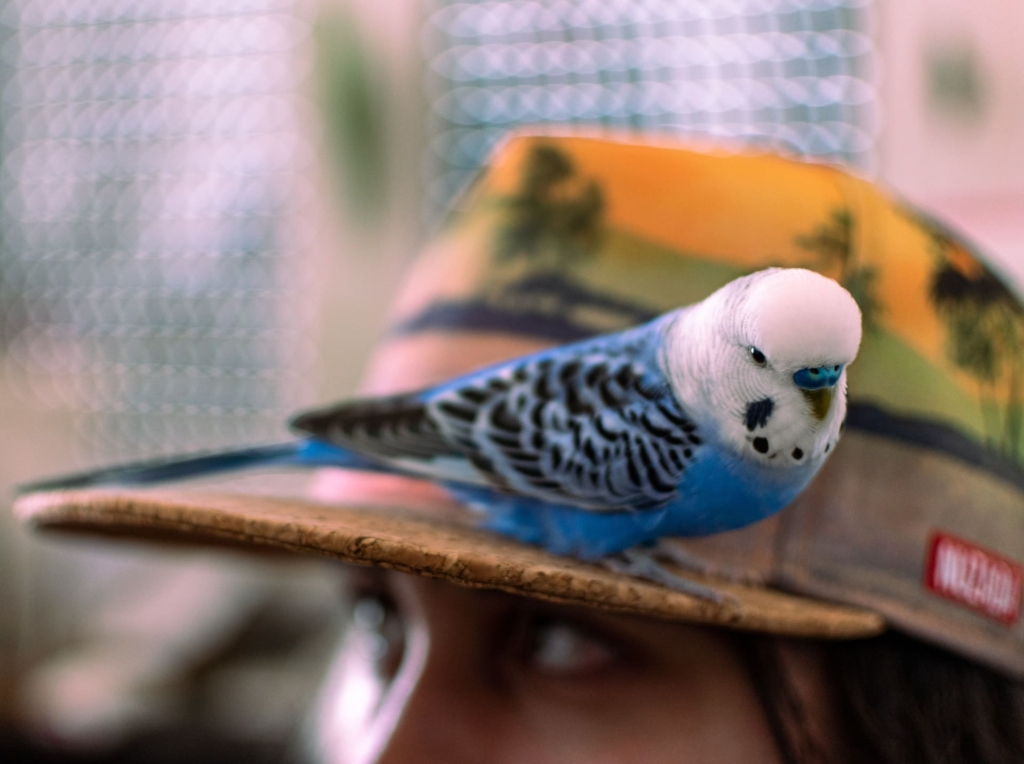
In their natural habitat, Budgerigars form large flocks, and this inherent social behaviour persists in captivity. They thrive when given the opportunity to interact with other Budgies or their human caregivers, forming deep and affectionate bonds.
Creating a Home for Your Budgerigar:
Providing a nurturing and enriching environment is vital to ensure the well-being of your Budgerigar parakeet. A spacious cage, complete with various perches and toys, offers these curious birds opportunities for exploration and exercise.
Diet plays a pivotal role in their health. Offering a well-balanced diet consisting of fresh fruits, vegetables, and high-quality seed blends is essential to meet their nutritional requirements. Adequate access to fresh water is equally important to keep them hydrated.
Caring for Your Budgerigar’s Health:
As responsible caregivers, it’s imperative to monitor your Budgies health regularly. Watch for signs of illness such as changes in appetite, behaviour, or any abnormalities in their plumage. If any concerns arise, consult a veterinarian experienced in avian care to ensure your Budgie receives prompt and appropriate treatment.
Wild Budgerigar
Wild Budgerigars, often simply called “Budgies,” are captivating avian creatures that hail from the expansive landscapes of Australia. These small parrots are celebrated for their remarkable beauty and unique behaviours, making them a subject of fascination for bird enthusiasts worldwide. In this article, we’ll embark on a journey into the world of Wild Budgies, exploring their natural habitat, distinctive characteristics, and the importance of their conservation.
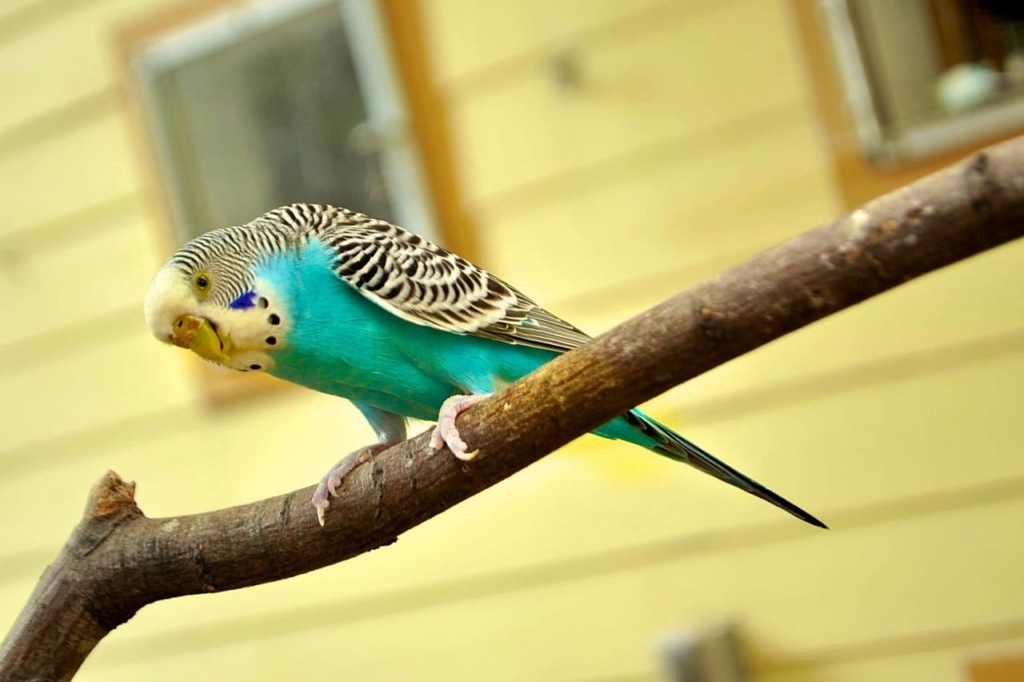
Habitat and Natural Range:
Wild Budgerigars are native to Australia, where they thrive in diverse environments, from arid deserts to open woodlands. They are particularly well-suited to arid regions, where they rely on finding water sources such as waterholes and riverbeds to sustain their nomadic lifestyle.
Distinctive Physical Traits:
These remarkable parrots are known for their stunning plumage, which comes in a mesmerizing array of colours. In their natural habitat, you’ll find Wild Budgies adorned in vivid blues, vibrant greens, and golden yellows. Their vibrant hues serve as both camouflage and a display of their health and vitality.
Wild Budgerigars are slightly smaller than their domesticated counterparts, typically measuring around 7 inches (18 centimeters) in length. They boast slender bodies, adorned with endearing curved beaks and expressive eyes. The males, recognizable by their blue ceres (the area above the beak), and females, with brown ceres, each contribute to the vibrant beauty of these birds.
Social Behaviors and Nomadic Lifestyle:

In the wild, Budgies are social creatures, often forming large flocks that can consist of hundreds or even thousands of individuals. This communal lifestyle not only provides safety from predators but also fosters a sense of companionship and shared resources.
Wild Budgies are nomadic by nature, constantly seeking food and water sources. Their ability to fly long distances in search of sustenance is a testament to their adaptability in the harsh Australian environment.
Conservation and Protection:
While Wild Budgerigars remain a common sight in Australia, their populations are not immune to threats. Habitat loss due to land development and agriculture, along with climate change, can impact their natural habitat. Additionally, the capture of these birds for the pet trade can put pressure on their populations.
To ensure the survival of Wild Budgies, conservation efforts are essential. Protecting their natural habitats, advocating for responsible pet ownership, and supporting organizations dedicated to their preservation all play a crucial role in safeguarding these remarkable birds for future generations to appreciate.
Budgerigar Meaning
The term “Budgerigar” refers to a small, colourful parrot species native to Australia. These birds are known for their vibrant plumage and social nature. The word “Budgerigar” is believed to have its origins in the Indigenous Australian language, where it meant “good food,” highlighting the bird’s significance in the region.

Budgerigar Meaning In Hindi
In Hindi, the term “Budgerigar” is often translated as “बजरीगर” (Bajrīgar). These small parrots are popular pets worldwide, including India, and are recognized for their charming appearance and playful behaviours.
Budgerigar Meaning In Tamil
In Tamil, the word “Budgerigar” is typically expressed as “பட்ஜெரிகார்” (Paḍjerikār). Budgies are cherished for their striking colours and are sometimes kept as pets in Tamil Nadu and other parts of India.
Budgerigar Meaning In Bengali
In Bengali, Budgerigar is often referred to as “বাজরী গুটি” (Bajri Guti). These small parrots have gained popularity among pet enthusiasts in Bengal, primarily for their vibrant plumage and friendly disposition.
Budgerigar Vs Parakeet
Comparison and differences between Budgerigars and Parakeets:
| Characteristic | Budgerigar (Budgie) | Parakeet |
|---|---|---|
| Scientific Name | Melopsittacus undulatus | Varied species |
| Size | Smaller, around 7 inches (18 cm) | Varied sizes |
| Origin | Native to Australia | Found worldwide |
| Coloration | Vibrant plumage with green, blue, yellow | Diverse coloration |
| Talking Ability | Moderate speech mimicry ability | Varies by species |
| Social Behavior | Social and can form strong bonds with humans | Social in nature |
| Personality | Playful, energetic, and can be trained | Varied personalities |
| Lifespan | Typically 5-10 years in captivity | Varies by species |
| Species Diversity | Mainly refers to the Melopsittacus undulatus species | Umbrella term for various parrot species |
| Diet | Seeds, fruits, vegetables | Varied diets based on species |
| Common as Pets | Very popular as pets | Various parakeet species are kept as pets |
| Geographic Range | Limited to Australia | Found in various regions |
Types of Budgerigar
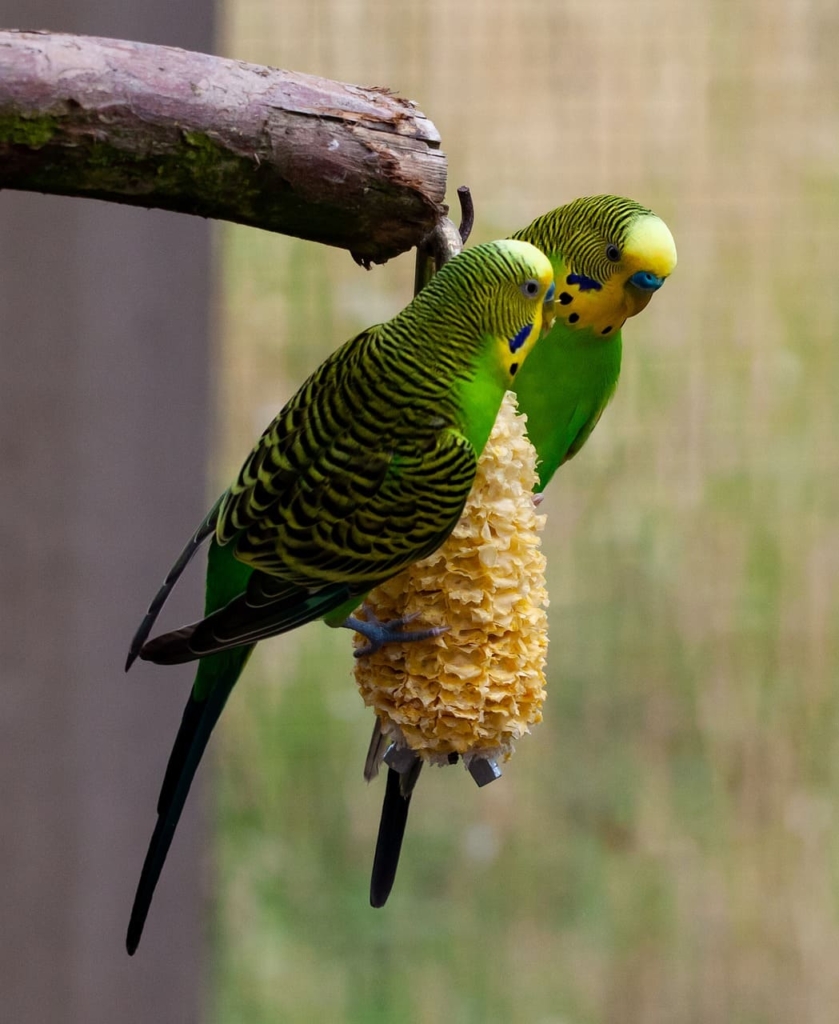
Budgerigars, often affectionately called “Budgies,” come in various types and mutations, each with its unique colouration and markings. These variations have been selectively bred over the years by breeders and enthusiasts. Here are some of the common types of Budgies:
- Wild Type Budgerigars: These are the natural or original colouration of Budgies found in the wild. They typically have a bright green body with yellow head feathers, a blue cheek patch, and black stripes on the wings and back.
- Albino Budgerigars: Albino budgerigars are completely white with red or pink eyes. They lack the usual pigmentation seen in other Budgies types.
- Lutino Budgerigars: Lutinos are mostly yellow with white wings and a yellow head. They have red or pink eyes. Lutinos are known for their striking yellow plumage.
- Pied Budgerigars: Pied Budgies have a mix of colours, with irregular patches of white or yellow on their bodies. The amount and placement of these patches can vary among individual birds.
- Spangle Budgerigars: Spangle Budgies have a distinctive feather pattern with clear spots or “spangles” on their wings and back. They can come in various colours, including blue and green.
- Clearwing Budgerigars: Clearwing Budgies have a reduced wing pattern, resulting in lighter, more transparent feathers on their wings. This gives them a unique and softer appearance.
- Cinnamon Budgerigars: Cinnamon Budgies have a warm brownish hue instead of the usual black markings on their wings and back. Their body colour remains green or blue.
- Greywing Budgerigars: Greywing Budgies have a diluted colouration compared to the wild type. Their wing markings are lighter, and their overall appearance is softer.
- Violet Budgerigars: Violet Budgies have a more intense and deeper shade of blue or purple compared to the standard blue Budgies. This mutation affects the intensity of the blue colour.
- Opaline Budgerigars: Opaline Budgies have a distinctive feather pattern that creates a “lacewing” effect, giving them a unique appearance. This mutation affects both body and wing feathers.
Budgerigar Colors
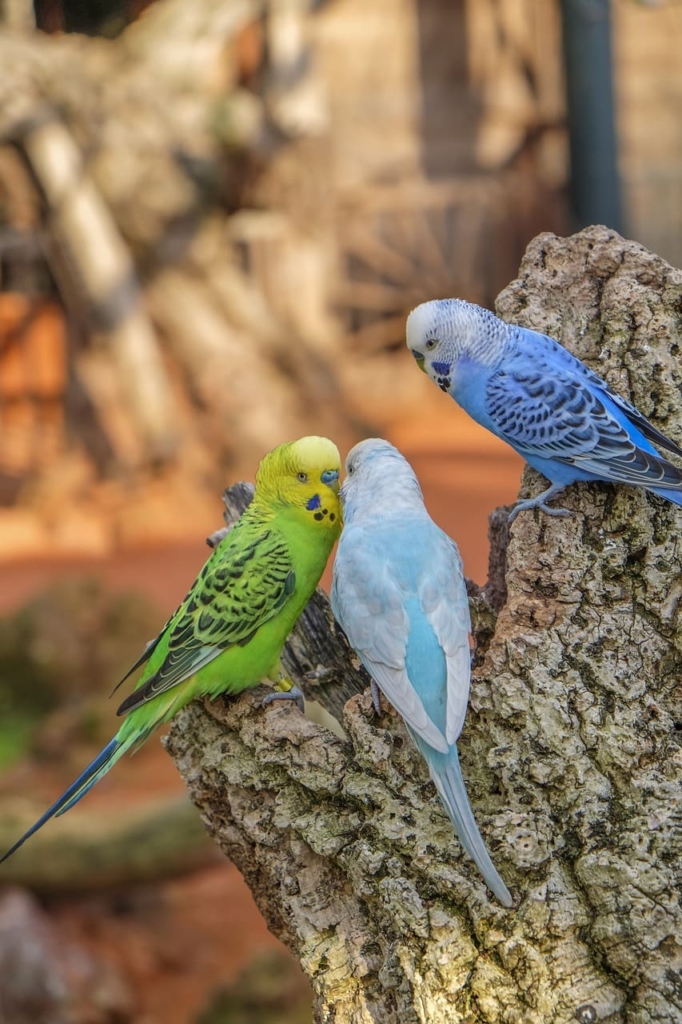
Budgerigars, often lovingly called “Budgies,” are a kaleidoscope of colours in the avian kingdom. These charming parrots come in various captivating hues, each with its unique charm. In this article, we’ll embark on a colourful journey through the different shades that Budgies adorn, from the soothing blues to the delicate pinks, the sunny yellows, the pure whites, and the classic greens.
Blue Budgerigar
Blue Budgerigars are a sight to behold with their stunning, rich blue plumage. They often feature contrasting white cheek patches and dark, striking wing markings. Blue Budgies radiate a sense of calm and serenity, making them a popular choice among bird enthusiasts.

Pink Budgerigar
While truly pink Budgies are a rarity in the wild, they can be selectively bred. These delicate creatures exhibit soft pastel pink feathers, giving them an almost ethereal appearance. Pink Budgies are often adored for their unique and gentle colouration.
Yellow Budgerigar
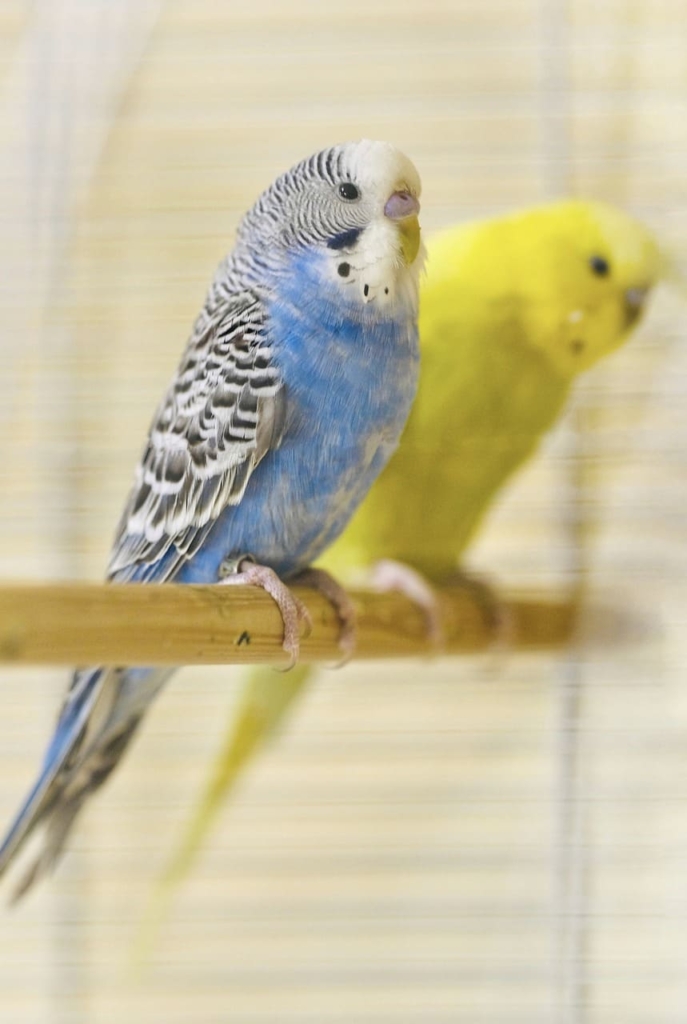
Yellow Budgerigars bring a splash of sunshine wherever they go. With bright yellow feathers and vibrant cheek patches, they exude positivity and energy. Yellow Budgies are known for their cheerful disposition, mirroring the colour they wear.
Budgerigar White
Budgerigars with pristine white plumage are a symbol of purity and elegance. Their feathers are devoid of colour, creating a striking contrast with their dark eyes and beaks. White Budgies offer a sense of simplicity and grace.
Green Budgerigar Bird
Green is the colour most commonly associated with Budgerigars in the wild. These birds have lush green bodies, with varying shades and patterns. Green Budgies embody the essence of nature and are a testament to the beauty of their natural habitat.

History of Budgerigar:
Budgerigars have a history deeply rooted in the vast, arid landscapes of Australia. Indigenous to this continent, they have thrived in their natural habitat for thousands of years. Aboriginal peoples, the first human inhabitants of Australia, observed these colourful parrots and recognized their significance in the ecosystem.
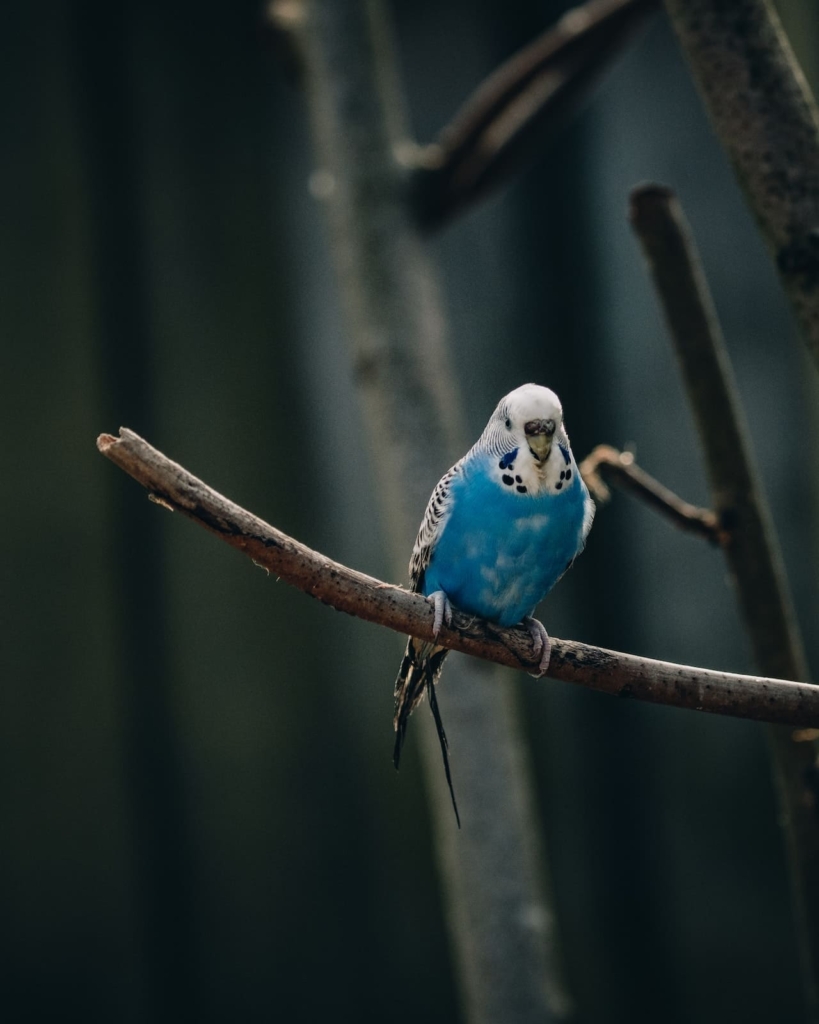
Over time, Budgies transitioned from being wild inhabitants to beloved pets and companions, captivating people with their vibrant plumage and captivating personalities.
Budgerigar Origin:
The term “Budgerigar” has its origins in the Indigenous Australian language, believed to mean “good food.” These birds have been a part of Australian culture and folklore for centuries, representing a connection between the native peoples and their unique environment.
Appearance of Budgerigar:
Budgerigars are renowned for their distinctive appearance. They typically feature bright green bodies adorned with colourful markings. These markings can vary depending on mutations and selective breeding, resulting in an array of vibrant hues such as blue, yellow, and even pink. Their slender frames, expressive eyes, and charming beaks make them instantly recognizable and endearing.
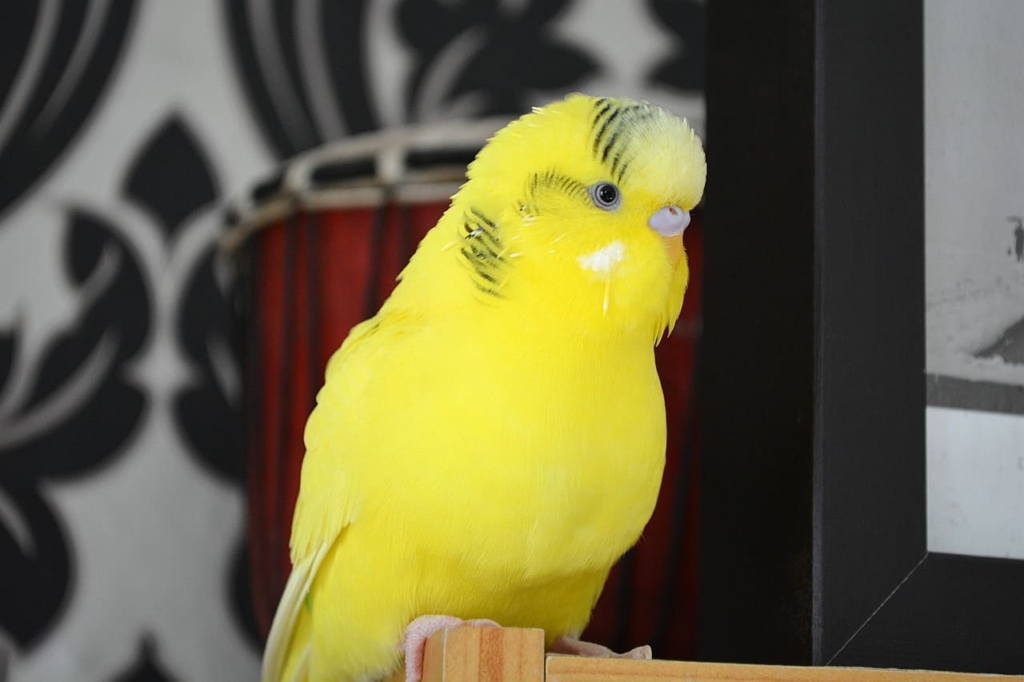
Temperament of Budgerigar:
Budgerigars are beloved for their friendly and sociable nature. They are highly intelligent and easily form bonds with their human caregivers. Their playful and curious personalities make them engaging companions. While they may not possess the extensive vocabulary of larger parrot species, Budgies can mimic sounds, whistle tunes, and even develop a limited vocabulary with patient training.
Behaviour of Budgerigar:

In the wild, Budgerigars are social birds that often form large flocks. This social behaviour carries over into captivity, where they thrive on interaction with other Budgies or their human companions. Their active and acrobatic nature is a delight to observe, as they love to climb, swing, and explore their environment.
Anthracite Budgerigar Mutation:
The Anthracite Budgerigar mutation is one of the many genetic variations found in these birds. It results in a striking dark colouration, with the body and wings taking on shades of deep charcoal or black. This unique mutation adds to the already diverse spectrum of Budgies colours.
Budgerigar Scientific Name:
The scientific name of the Budgerigar is Melopsittacus undulatus. This name reflects their genus (Melopsittacus) and species (undulatus) classification, further emphasizing their distinct place in the avian world.
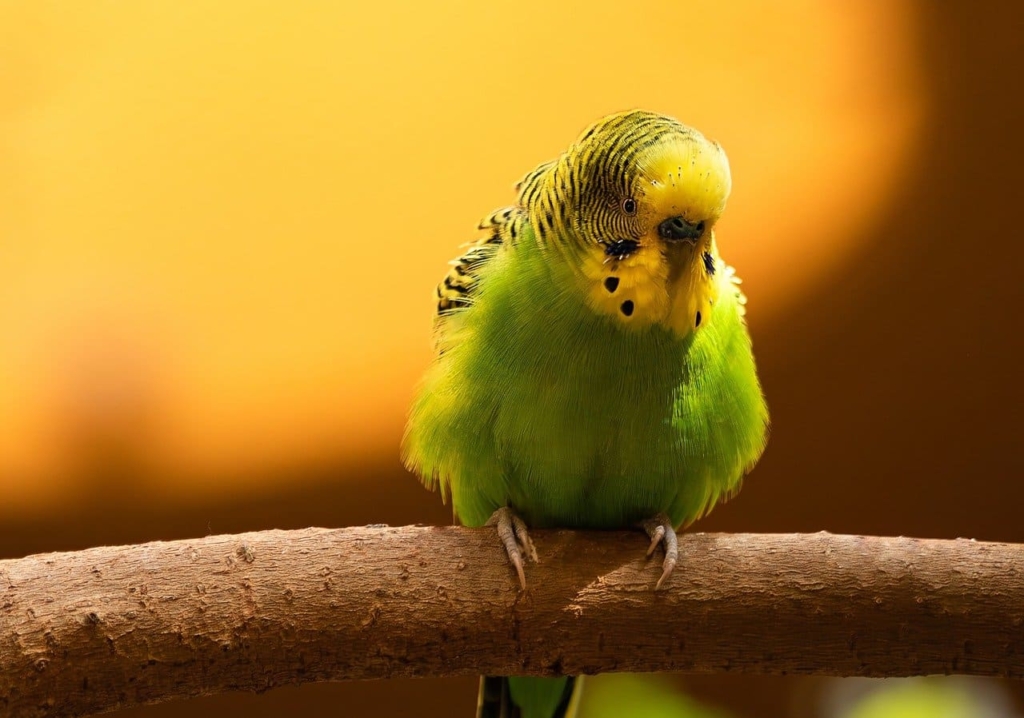
Budgerigar Price
The price of a Budgies can vary depending on factors such as its age, colour mutation, and breeder location. On average, in the United States, Budgerigars typically range from $10 to $40 or more. In India, the price can vary from around 500 INR to 2,000 INR.
Budgerigar Price In United States:
In the United States, the price of a Budgerigar can range from $10 to $40 or more, depending on factors such as colour mutation, age, and breeder reputation. Rare or specially bred Budgerigars may command higher prices.
Budgerigar Price In United Kingdom:
In the United Kingdom, Budgerigar prices typically range from £20 to £60 or more. As with other countries, variations in colour mutations and breeder reputation can influence the price.

Budgerigar Price In Australia:
Given that Budgerigars are native to Australia, they are often more affordable in their home country. Prices in Australia can range from AUD $10 to $30 or higher.
Budgerigar Price In Canada:
In Canada, Budgerigar prices are generally in line with those in the United States. They typically range from CAD $10 to $40 or more, depending on various factors.
Budgerigar Price In India
In India, the price of a Budgerigar can vary from around 500 INR to 2,000 INR or more, depending on factors such as colouration, age, and the breeder’s location.

Budgies Price In India
The price of budgies in India can range from Rs. 250 to Rs. 2,500, depending on factors such as age, colour, and breed. Hand-tamed and trained budgies can be more expensive, as can show-quality birds with unique colour mutations.
Budgerigar For Sale
If you’re looking for Budgies for sale, you can explore various options to find these charming birds. Consider checking local pet stores, bird breeders, avian rescue organizations, and online classified websites. Be sure to do your research, ask questions about the bird’s health, history, and any specific care requirements. Additionally, consider adopting a Budgies from a rescue organization to provide a loving home to a bird in need. Always ensure that the seller or organization adheres to ethical and responsible breeding and selling practices when looking for a Budgies to bring into your home.

Budgies Prices In Major Indian Cities
Here are the average prices for budgies in some major Indian cities:
| Budgies Price List India | |
|---|---|
| Different Locations | Prices- |
| Budgies Price in Delhi | Rs. 500 to Rs. 2,500 |
| Budgies Price in Kolkata | Rs. 300 to Rs. 1,500 |
| Budgies Price in Mumbai | Rs. 400 to Rs. 2,000 |
| Budgies Price in Agra | Rs. 400 to Rs. 2,200 |
| Budgies Price in Chennai | Rs. 250 to Rs. 1,500 |
| Budgies Price in Pune | Rs. 350 to Rs. 2,100 |
| Budgies Price in Bangalore | Rs. 300 to Rs. 1,800 |
| Budgies Prices in Hyderabad | Rs. 500 to Rs. 2,500 |
| Budgies Price in Chandigarh | Rs. 400 to Rs. 2,400 |
| Budgies Price in Kerala | Rs. 300 to Rs. 2,200 |
| Budgies Price in Jaipur | Rs. 350 to Rs. 2,100 |
| Budgies Price in Indore | Rs. 450 to Rs. 2,000 |
| Budgies Price In Ahmedabad | Rs. 330 to Rs. 2,500 |
| Budgies Price In Lucknow | Rs. 420 to Rs. 1,800 |
| Budgies Price In Nagpur | Rs. 480 to Rs. 1,500 |
| Budgies Price In Coimbatore | Rs. 500 to Rs. 2,500 |
| Budgies Price In Bhubaneswar | Rs. 400 to Rs. 2,000 |
| Budgies Price In Punjab | Rs. 350 to Rs. 2,200 |
| Budgies Price In Tamilnadu | Rs. 380 to Rs. 1,800 |

Factors that Affect the Price of Budgerigar
The price of a Budgies can vary significantly based on several factors. Some of the key factors that influence the cost of acquiring a Budgies include:
- Colour Mutation: Budgies come in a wide range of colours and mutations. Rarer and more unique colourations, such as lutino, albino, or opaline, often command higher prices compared to the standard green or blue Budgies.
- Age: The age of the Budgies can affect its price. Younger birds, especially hand-raised or weaned chicks, tend to be more expensive than older birds.
- Breeders’ Reputation: Reputable breeders who prioritize the health, care, and breeding practices of their Budgies may charge higher prices for their birds. These breeders often provide documentation of the bird’s lineage and health history.
- Location: Prices can vary by location and region. Urban areas or cities with higher demand for Budgies may have higher prices compared to more rural areas.
- Market Demand: Seasonal and local demand can impact prices. During peak breeding seasons or special events, prices may rise due to increased interest in acquiring Budgies.
Monthly Maintenance Cost of Budgerigar:
The monthly maintenance cost of a Budgies includes expenses such as food (seeds, fresh fruits, vegetables), cage cleaning supplies, toys for mental stimulation, and occasional vet visits for health check-ups. On average, monthly maintenance costs can range from $20 to $50 or more, depending on the bird’s specific dietary needs and care requirements. It’s essential for Budgies owners to budget for these ongoing expenses to ensure the health and well-being of their feathered companions.
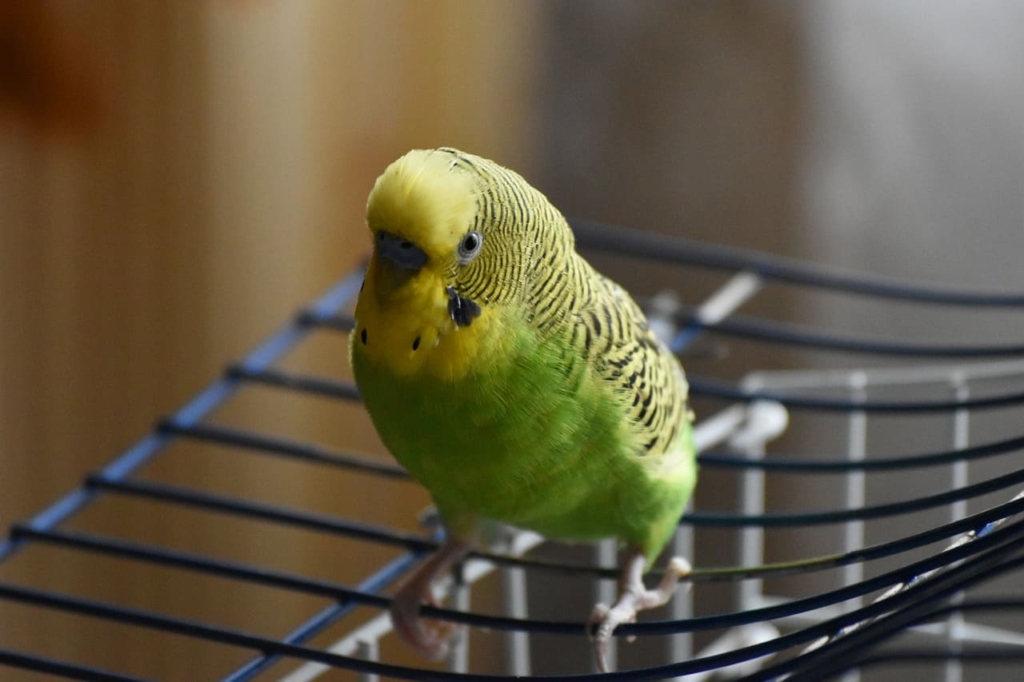
Facts about Budgerigar
Certainly! Here are some interesting facts about Budgies , often affectionately known as “Budgies”:
- Origin: Budgerigars are native to Australia and are one of the most widely distributed parrot species in their homeland.
- Colourful Companions: These small parrots come in a stunning array of colours, including green, blue, yellow, and rare mutations like albino and lutino.
- Social Birds: Budgies are highly social animals. In the wild, they form large flocks and thrive on companionship, both with their own kind and with humans.
- Intelligent Talkers: While they may not mimic words as proficiently as some larger parrot species, Budgerigars are known for their ability to mimic sounds and simple words, making them charming and talkative pets.
- Playful Personalities: Budgies are playful and curious by nature. They love to explore their environment, interact with toys, and engage in acrobatic feats within their cages.
- Unique Anatomy: Budgies have unique respiratory systems that allow them to fly at high altitudes. They also have a unique tongue structure that enables them to eat a variety of foods.
- Longevity: With proper care, Budgies can live for an average of 5 to 10 years, and some have even been known to reach their late teens or early twenties.
- Breeding Prowess: Budgies are prolific breeders, and they can reproduce readily in captivity. This has contributed to their popularity as pets.
- Wild Relatives: While the domesticated Budgies is well-known, its wild counterparts in Australia are often referred to as “wild Budgerigars.” These wild birds have vibrant green plumage.
- Conservation Concerns: Despite their abundance in the pet trade, wild Budgies populations in Australia face threats from habitat loss and climate change, leading to conservation concerns.

Pros and Cons of Budgerigar
Some common pros and cons of owning a Budgerigar as a pet:
| Pros | Cons |
|---|---|
| 1. Affectionate Companionship | 1. Noise Levels |
| 2. Playful and Interactive | 2. Messiness |
| 3. Low Maintenance | 3. Potential Health Concerns |
| 4. Vibrant and Varied Colors | 4. Lifespan |
| 5. Small Size, Ideal for Smaller Living Spaces | 5. Allergies or Asthma Trigger |
| 6. Moderate Price Range | 6. Requires Social Interaction |
| 7. Potential for Talking and Mimicry | 7. Requires Supervision Outside Cage |
| 8. Unique Personalities | 8. Availability of Reputable Breeders |
| 9. Educational Value | 9. Long-Term Commitment |
| 10. Community of Budgie Enthusiasts | 10. Potential for Destructive Behavior |

Budgerigar Care
Budgerigars, commonly known as Budgies, are delightful pets that bring joy and vibrant energy into your home. Proper care is essential to ensure the well-being of these small parrots. Here are some key tips for Budgies care:
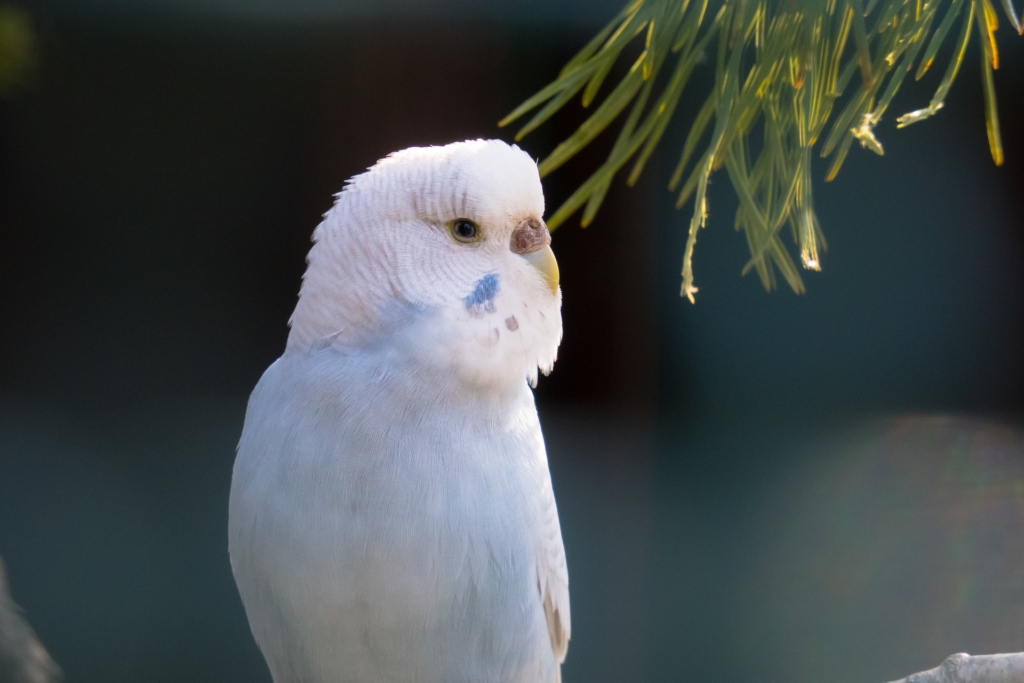
1. Spacious Cage:
- Invest in a roomy cage to allow your Budgies space to move and stretch their wings.
- Ensure the cage bars are appropriately spaced to prevent escape or injury.
2. Balanced Diet:
- Provide a well-rounded diet that includes high-quality Budgie seed mix, fresh vegetables, and occasional fruit treats.
- Clean and refill food and water dishes daily to maintain freshness.
3. Fresh Water:
- Always provide clean, fresh water in a secure water dispenser.
- Change the water daily to prevent contamination.
4. Clean Environment:
- Regularly clean the cage, including perches and toys, to prevent the buildup of droppings and debris.
- Use safe cleaning products and avoid strong chemicals.
5. Social Interaction:
- Budgies are social birds, so spend time interacting with them daily.
- Talk to your Budgies, offer treats, and engage in gentle play.
6. Safe Toys and Enrichment:
- Offer a variety of toys and enrichment items like mirrors, bells, and ladders to keep your Budgies mentally stimulated.
- Rotate toys to prevent boredom.

Budgerigar Care In Winter
Budgerigar Care in Winter: Keeping Your Feathered Friends Cozy and Healthy
Winter brings colder temperatures and challenges for Budgerigar (Budgie) owners. To ensure the well-being of your feathered companions during the chilly months, follow these tips for Budgies care in winter:
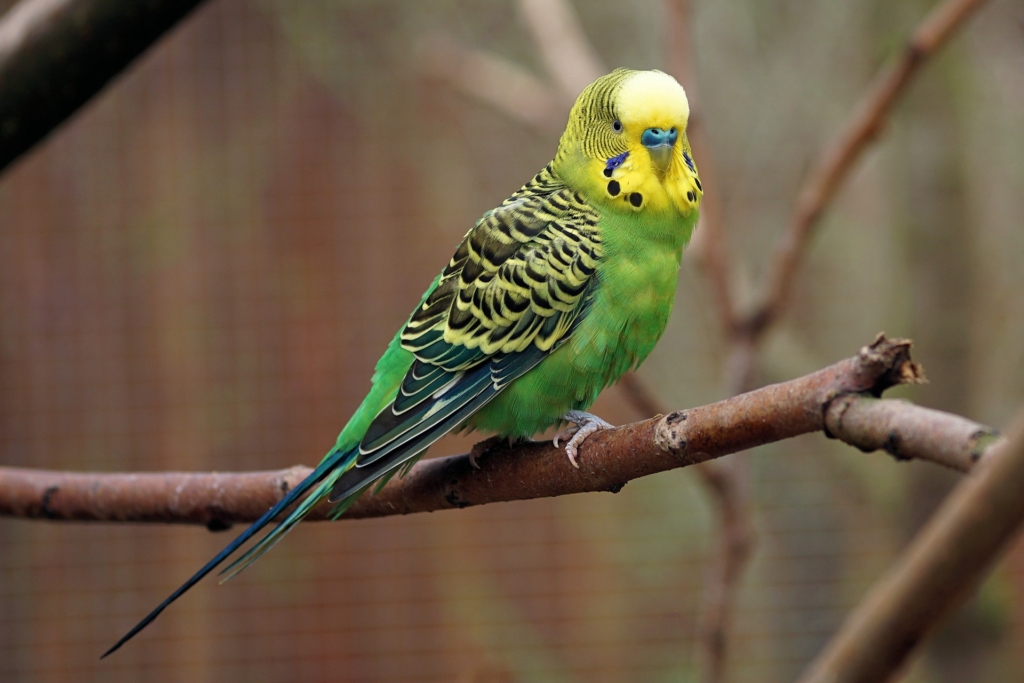
1. Temperature Control:
- Maintain a consistent room temperature between 65-75°F (18-24°C) to keep your Budgies comfortable.
- Place the cage away from drafts, windows, and heating vents to avoid temperature fluctuations.
2. Additional Heating:
- If needed, use a bird-safe ceramic heat emitter or a full-spectrum avian-safe heater to provide extra warmth.
- Ensure there is no direct contact between the heating source and the cage to prevent burns.
3. Humidity Levels:
- Winter air tends to be dry, so use a humidifier to maintain an appropriate level of humidity in the room.
- Ensure the humidity level is not too high, as excessive moisture can lead to respiratory issues.
4. Cozy Bedding:
- Line the cage with extra bedding to help insulate against cold drafts from the bottom of the cage.
- Choose safe materials like paper-based bedding or fleece.
5. Draft Prevention:
- Check for drafts around windows and doors in the room where your Budgies are kept. Seal any gaps to prevent cold air from entering.
6. Encourage Activity:
- Provide plenty of toys and activities to keep your Budgies mentally and physically engaged, as they may be less active in colder weather.
Health Issues of Budgerigar

Budgerigars, often affectionately known as Budgies, are hardy birds, but they can still face various health issues. It’s crucial for Budgie owners to be aware of these potential problems and take proactive steps to maintain their birds’ health. Here are some common health issues that can affect Budgies:
1. Respiratory Problems:
- Respiratory Infections: Budgies are susceptible to respiratory infections caused by bacteria, viruses, or fungi. Symptoms include sneezing, wheezing, nasal discharge, and labored breathing.
- Air Quality: Ensure that their environment is free from smoke, fumes, and strong odors, which can irritate their sensitive respiratory systems.
2. Gastrointestinal Issues:
- Diarrhea: Changes in diet, spoiled food, or bacterial infections can lead to diarrhea in Budgies.
- Crop Problems: Crop infections or impactions can occur, causing regurgitation, loss of appetite, and a visibly swollen crop.
3. Feather Problems:
- Feather Plucking: Stress, boredom, or underlying health issues can lead to feather plucking, where a Budgie excessively pulls out its feathers.
- Feather Mites: External parasites like feather mites can cause feather damage and discomfort.
4. Beak and Nail Issues:
- Overgrown Beak or Nails: If a Budgie’s beak or nails become overgrown, it can affect their ability to eat and perch. Regular trimming may be necessary.
5. Obesity:
- Overfeeding or an imbalanced diet can lead to obesity, which can result in health problems like fatty liver disease.
6. Liver Issues:
- Fatty Liver Disease: Budgies are prone to fatty liver disease, often caused by a diet too high in fats. It can lead to liver dysfunction and other complications.
How To Pronounce Budgerigar
Budgerigar is pronounced as “buh-jer-i-gar.” It’s often shortened to “Budgie” in everyday conversation, pronounced as “buh-jee.”
Budgerigar Sound
Budgies are known for their distinctive sounds and vocalizations. They can produce a variety of sounds, including chirps, whistles, clicks, and even mimicry of words and phrases. The specific sounds they make can vary from bird to bird, and they often use vocalizations to communicate with each other and their human companions.
What Do Budgerigars Eat
Budgerigars have a varied diet that includes seeds, fresh vegetables, and occasional fruit treats. A balanced Budgies diet typically consists of high-quality seed mixes, such as millet, canary grass seeds, and some pellets. Additionally, they enjoy a variety of vegetables like leafy greens, carrots, and broccoli. Fresh, clean water should always be available. Offering a diverse diet ensures their nutritional needs are met.
Budgerigar Lifespan
The average lifespan of a Budgies in captivity is typically between 5 to 10 years. With proper care, some Budgies can live even longer, reaching their late teens or early twenties. The lifespan can vary depending on factors such as diet, genetics, living conditions, and access to veterinary care.
Budgerigar Food
Some common types of food that make up a Budgerigar’s diet:
| Food Type | Description |
|---|---|
| Seeds | A staple in a Budgies diet, including millet, canary grass seeds, and small sunflower seeds. High-quality seed mixes provide essential nutrients. |
| Pellets | Nutrient-rich pellets designed specifically for Budgies can be offered to ensure a balanced diet. Choose a reputable brand. |
| Vegetables | Fresh vegetables like leafy greens (e.g., spinach, kale, lettuce), carrots, broccoli, and bell peppers provide vitamins and minerals. |
| Fruits | Occasional fruit treats like apple slices, berries, and citrus fruits add variety and natural sugars to their diet. |
| Sprouted Seeds | Sprouted seeds, such as sprouted millet, offer live enzymes and increased nutritional value. |
| Mineral Blocks/Cuttlebone | Mineral blocks or cuttlebones provide calcium and help keep their beaks healthy by offering a surface to trim them. |
| Fresh Water | Clean, fresh water should always be available for drinking and bathing. Change the water daily to maintain freshness. |
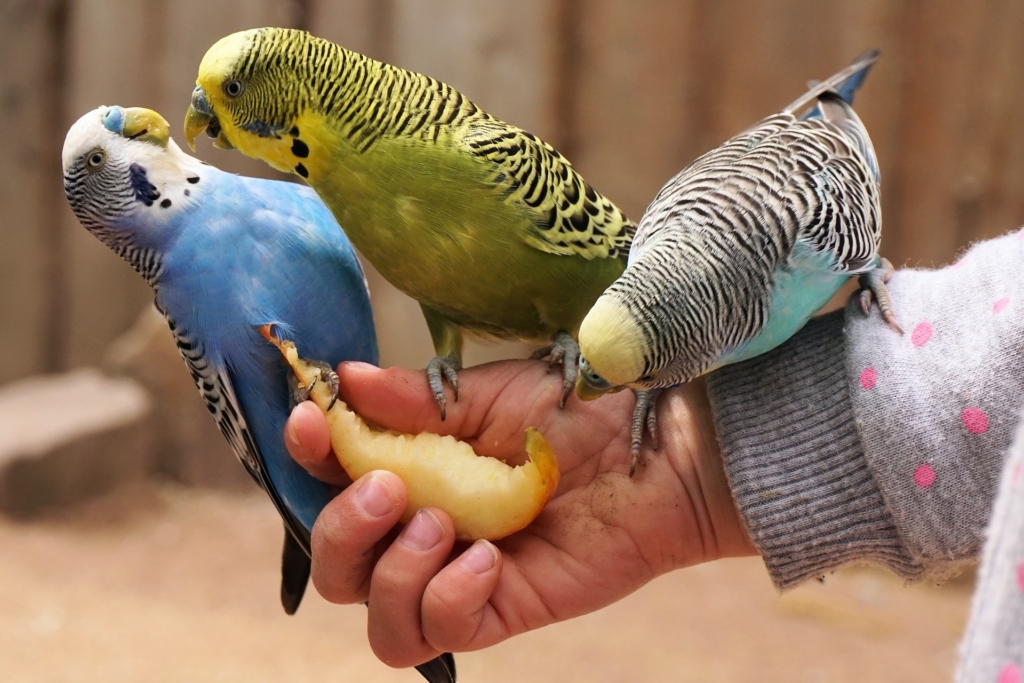
Budgerigar Food List In Hindi
Common Budgerigar Food List In Hindi:
- Seeds – बीज
- Pellets – पैलेट्स
- Vegetables – सब्जियां
- Fruits – फल
- Sprouted Seeds – अंकुरित बीज
- Mineral Blocks/Cuttlebone – खनिज ब्लॉक/कटलबोन
- Fresh Water – ताजा पानी

Names for Budgerigar
Recommended Names for Budgies:
| Names for Budgies | Meanings/Significance |
|---|---|
| Sunny | Reflects their cheerful and vibrant nature. |
| Sky | Inspired by their blue and green plumage. |
| Luna | Meaning “moon,” symbolizing their beauty. |
| Kiwi | Named after the green fruit’s color. |
| Bluebell | Perfect for a Budgie with blue feathers. |
| Mango | Ideal for a bird with yellow or orange hues. |
| Whisper | Suits their soft, melodic vocalizations. |
| Pippin | A cute and playful name for a Budgies. |
| Breezy | Represents their agility and liveliness. |
| Jewel | Reflects their colorful and jewel-like appearance. |
Budgerigar Video
Conclusion:
In conclusion, Budgerigars, or Budgies, are remarkable and engaging pets known for their vibrant colors, charming personalities, and unique vocalizations. Whether you’re a first-time bird owner or an experienced enthusiast, these small parrots have the ability to bring joy and companionship into your life. With proper care, attention, and a loving environment, Budgies can thrive and become cherished members of your family, providing you with endless moments of happiness and connection.
Frequently Asked Questions on Budgies:
-
How long do Budgerigars live on average?
Budgerigars typically have an average lifespan of 5 to 10 years. With proper care and attention to their well-being, some Budgies can even live into their late teens or early twenties.
-
What’s the best diet for Budgerigars?
A balanced diet for Budgerigars consists of high-quality seed mixes, fresh vegetables (like spinach and carrots), occasional fruit treats, and access to clean, fresh water. Pellets designed for Budgies can also be included.
-
Can Budgerigars talk or mimic sounds?
Yes, Budgies are known for their ability to mimic sounds and words. While they may not be as proficient as some larger parrot species, they can learn to imitate sounds and even develop a limited vocabulary with patient training.
-
How can I tell if my Budgerigar is sick?
Signs of illness in Budgies can include changes in appetite, behavior, or droppings, as well as sneezing, wheezing, or discharge from the nose or eyes. If you suspect your Budgies is unwell, consult an avian veterinarian for a proper diagnosis.
-
What’s the best way to bond with my Budgerigar?
Spending quality time with your Budgies , talking to them, offering treats, and providing opportunities for play and interaction can help strengthen your bond. Patience and consistency are key to building trust.
-
Are Budgerigars social birds?
Yes, Budgies are highly social animals. They thrive on companionship, both with their own kind and with human caregivers. They are happiest when they have interaction and stimulation.
-
How should I set up a cage for my Budgerigar?
Ensure your Budgies cage is spacious, with room to move and stretch wings. Include perches of different sizes and textures, toys for mental stimulation, and food and water dishes. Keep the cage clean and free from drafts.
-
Can Budgies live with other birds or pets?
Budgies can live with other Budgies, but it’s essential to monitor their interactions. They may not get along with larger or more aggressive bird species. If you have other pets, ensure they don’t pose a threat to your Budgies.
-
What’s the best way to train my Budgerigar?
Training Budgerigars involves patience and positive reinforcement. Start with simple commands and rewards. Consistency and gentle handling will help your Budgerigar learn tricks or commands.
-
Are there any specific safety precautions for Budgerigars in the home?
Ensure that your home is bird-proofed, with no access to toxic plants, chemicals, or unsafe areas. Keep windows and doors closed when your Budgerigar is out of the cage to prevent accidents.
Recommended –




